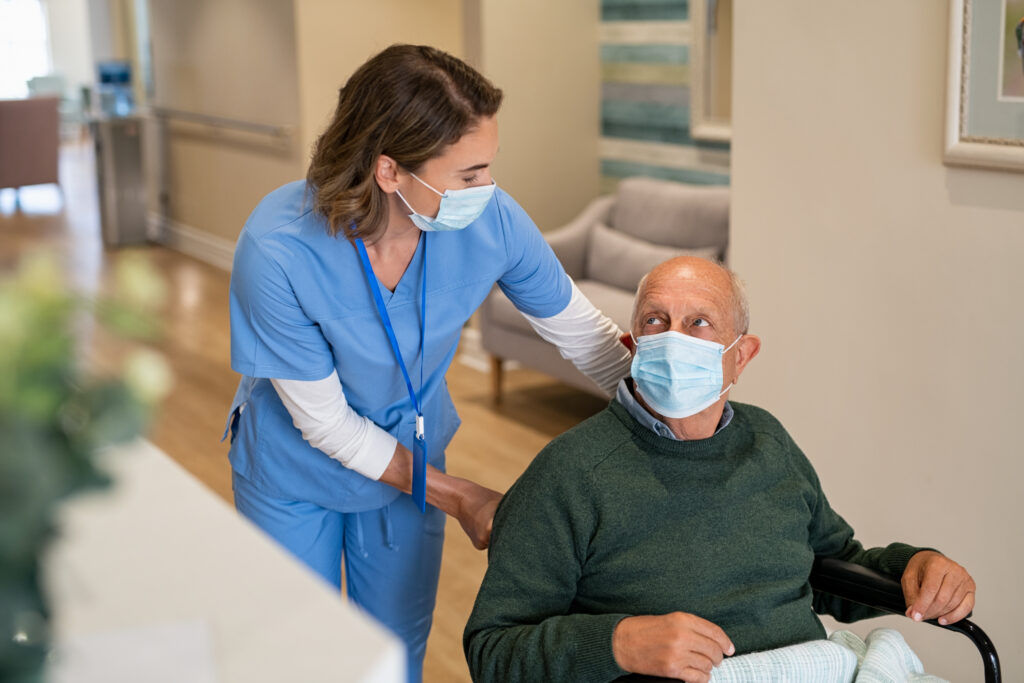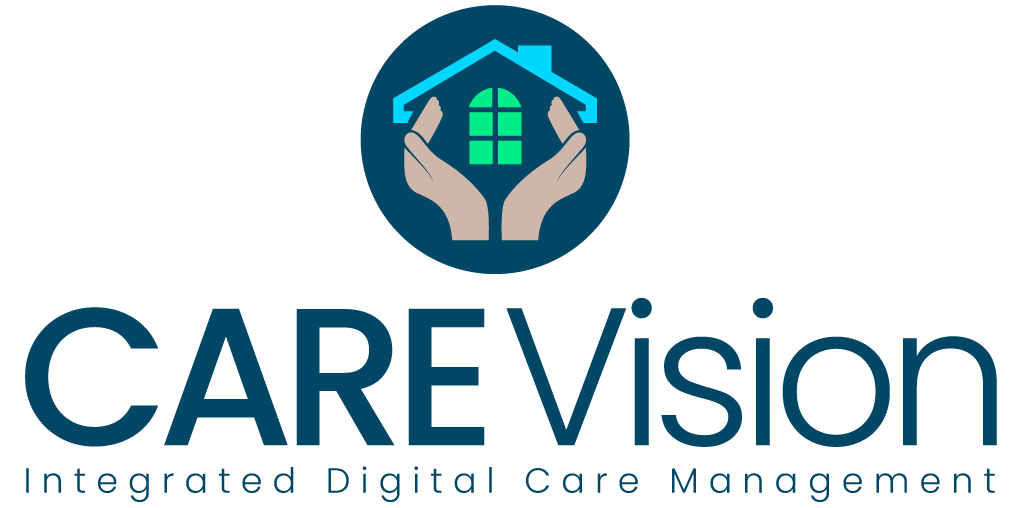The Care Quality Commission (CQC) is England’s independent regulator of health and social care providers. It monitors registered care providers to assess their compliance with specific criteria and provides independent listings and reports to help people choose the best care provision for themselves or a loved one in need of extra support. In order to fairly and accurately assess each care provider, the regulator has devised five CQC standards that must be met in order for care homes to be passed as safe and suitable to operate.
What Are the Five CQC Standards?
Regular CQC standards inspections take place in order to ascertain a care home’s suitability. At these inspections, five main questions must be explored and answered in detail. These are as follows:
1. Are They Safe?
To answer this question positively, the care home must be operated and managed with safety at the heart of everything that takes place. This includes care and treatment of residents, visitor management and safe working practices in place for staff. People must be demonstrably protected from abuse and avoidable harm. High levels of cleaning, hygiene and infection control must be clearly evident, particularly since the arrival of COVID-19 to maintain good health of residents. Staff need to feel supported in their safety on site and when acting on behalf of their employer. There must be a clear organisational structure and guidance around filing complaints or raising safety concerns.

2· Are They Effective?
Effective care centres around the response to, treatment of and support given to residents, especially when they are unwell or living with a progressive or terminal medical condition. Compassionate, effective care helps people receiving it to live good quality and safety lives to the best of their abilities. It ensures that they are helped to be pain-free and as comfortable and happy as possible.

Residents must be informed about their care plans and reasons behind them. Policies around discrimination and data protection need to be up-to-date and effective. Costing information should be open and transparent and easily accessible for families to obtain, e.g. on the care home’s website.
3· Are They Caring?
Do staff in care homes being inspected treat residents with kindness, compassion and dignity? To pass this part of the five CQC standards, there must be clear evidence that people receiving care are made to feel comfortable, listened to and respected. This includes explaining care processes and treatments properly, allowing people as much independence as possible in their healthcare choices and taking care during procedures to understanding of their mental; and physical needs.Any issues around obtaining consent or handling end-of-life care or after-death arrangements must be dealt with clearly and compassionately to minimise confusion or distress.

4· Are They Responsive to People’s Needs?
The best-run care homes are organised and responsive to their residents’ needs. This applies to routine medical and physical healthcare procedures, emergency care, supporting mental health and helping people live fulfilled, quality lives. This standard looks into whether worries are assuaged question answered and concerns addressed. It checks for best practice in health and social care, appropriate attitudes to care work and how quickly people are helped when a need or enquiry arises. Care homes must listen to feedback from residents and their families and act on it where appropriate. There should always be enough staff on duty to cover all tasks and to be able to react to an emergency situation at short notice.
5· Are They Well Led?
An organisation is only as good as its management. The last of the five CQC standards addresses leadership in care homes and service providers. It examines its governance, policies, business plans and values. Inspectors are looking for an encouraging, open working environment that encourages curiosity and ongoing learning. Residents should feel supported and cared for from the very top levels, in an open and fair culture for everyone.

Staff should feel valued, informed and empowered to work to their best ability. Records should be scrupulously updated and recorded in the most appropriate way, taking both data protection and industry regulatory compliance into account.
How Should the Five CQC Standards be Used?
During a care home CQC inspection, each of the CQC standards questions are broken down into smaller areas to get a thorough picture of what is happening across the organisation. These are known as lines of enquiry. They cover appropriate risks and how these are managed, as well as more general plans and forecasts. Inspectors seek feedback from residents and staff and look at evidence gleaned from visits and paperwork or software systems. While they are not intended as a tick-box exercise, the five CQC standards areas are carefully designated to cover the most important aspects of a care home’s provision.
Care home managers and staff can use the five CQC standards areas as well to keep things on track. Regular internal audits should be carried out so that the care homes are ready for inspectors when they come calling. More importantly, this also ensures that residents can receive uninterrupted, high-quality care and feel happy and supported in their care home. Areas of concerns can be flagged up early and changes put in place where necessary. If required, training can be arranged to help bridge gaps and update their caring knowledge and expertise.





